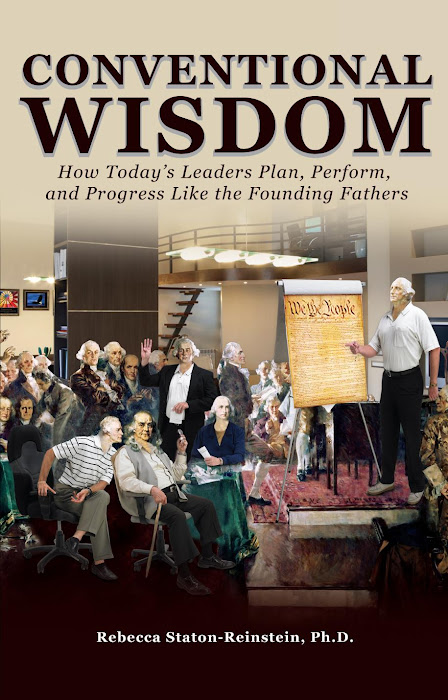[Excerpts from an
interview with Bick Whitener, currently principle with Bickley and Company.]
"I became the Director
of Getting-Things-Done." That’s how Bick Whitener describes the way his boss acknowledged
his leadership. Bick Whitener has a long, distinguished career in the
property/casualty insurance world and has been with companies such as The
Hartford, Prudential, Atlanta Casualty, Assurant, and many others.
I was privileged
to consult to one of the companies where Bick was a manager and see the vibrant
culture of accomplishment he created. He and his team were very different and
getting more done than other areas. They were a "real" team and excited to learn
new skills and approaches. The very positive culture he developed within his
division stood in contrast to the overall company.
Rebecca
Staton-Reinstein: Bick, you have a solid track record of changing the culture
of any group you work with to make it more of an integrated team that gets
solid results where people love being part of that team. How do you do it?
Bick Whitener: Let
me start with what I believe is a simple statement. Culture change happens
through people. I believe life is about two things. Life is about choices and
life is about relationships.
Culture change happens
through people. Have you ever noticed that people don’t like change? So if it
is going to happen through people and they don’t like to change, leadership has
to be both effective and efficient in helping them change, in helping with the
culture transition.
Your people are
your most valuable asset. Their time and their skills are your most valuable
asset. You have to be wise how you spend those. People go crazy when I look at
them and say, turn off whatever the notification is that tells
you that you have a new e-mail. It is mail. How many times a day do you run to
your mailbox? How many times a day do you run to the post office? Take your
time and focus on the important things. The important things are "the right
things."
Rebecca: Bick, I
know you have a wealth of knowledge and wisdom you package in pithy statements
you call Bickisms. Can you walk us through your steps for culture change with
these Bickisms? (For a few more, check out Bick’s LinkedIn profile.)
STEP 1 Bickism:
Never talk about culture.
Rebecca, let me start by telling you I’m a sneaky
little devil. I never start out talking about culture. But what I do start out
talking about is the vision that we have; that journey that we want to take,
where we want to get to. So you have got to find people that want to buy into
that vision. Clearly articulate that vision. Show them what that vision is
going to do in terms of value to them in the future. Then find the people that
want to buy in.
STEP 2 Bickism: Nothing
anywhere ever gets done until somebody somewhere does something.
Don’t misunderstand. I like strategy. I like
tactics. I like planning. I like locking myself in a room and talking about
innovation. But I don’t like it unless things get implemented because brilliant
ideas that are not implemented lose their value.
STEP 3 Bickism:
Create a shepherding group.
Once you find people that want to buy in, you need
a shepherding group. That is a tricky part of the process because the
shepherding group has to have adequate spheres of influence. Otherwise you are
going to get into trouble because those with the power will oppose the vision
and the change and they will stop it.
In the early 1500s Niccolo Machiavelli said, There
is nothing more difficult to take in hand, or more perilous to conduct, or more
uncertain of success than to take the lead in the introduction of a new order
of things. And almost 500 years later that is proving to be very true in our
business environments today.
So never talk about culture. Talk about the vision,
speak the vision, get people to buy in, find a shepherding group and start the
process.
STEP 4 Bickism: Go
for small wins.
Once you get the buy in you can actually start
going for small wins. Don’t shoot big. Once you get a couple of wins two great
things are going to happen. The first one is some fresh people are going to buy
into the culture and the buy-in group gets bigger. And the second thing is you
start to create momentum and that momentum becomes your friend.
It’s shared vision followed by wins. Celebrate the
wins. Make them very, very visible.
Hear more Bickisms
and gain more wisdom as Bick Whitener discusses his remarkable achievements and
how he got them. Listen to the entire interview on Business in the Morning produced
by Todd Schnick. http://businessinthe.am/bick-whitener/
An in-depth
profile of Bick Whitener will be featured in the forthcoming book, Washington’s
Shadow: How Leaders Cast a Long Shadow and Create a Positive Culture.














